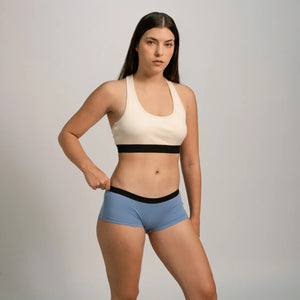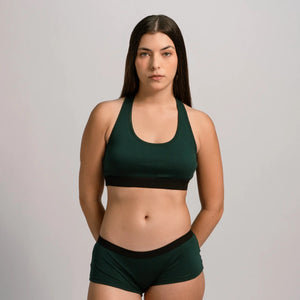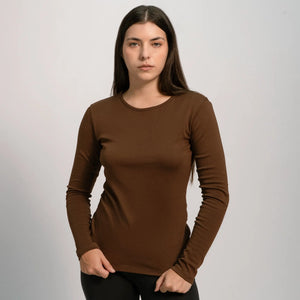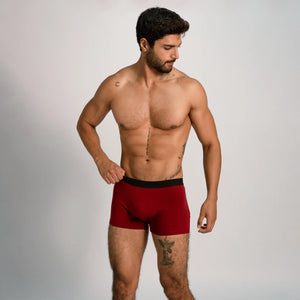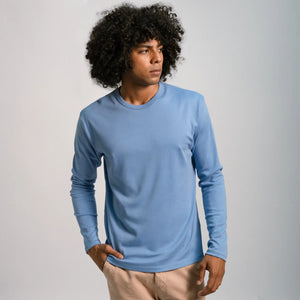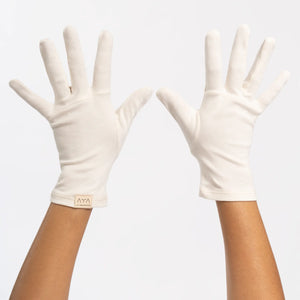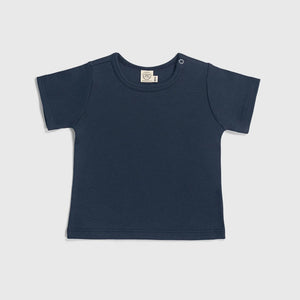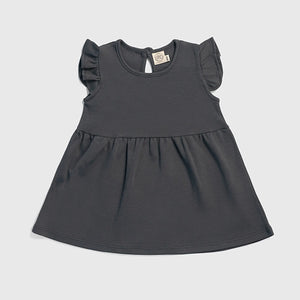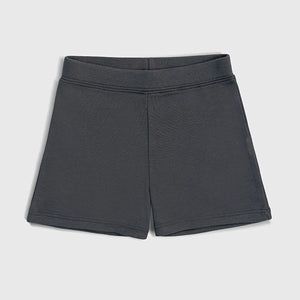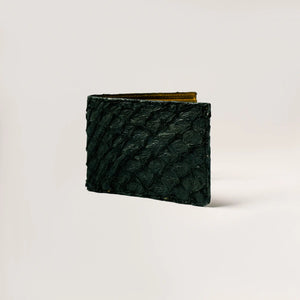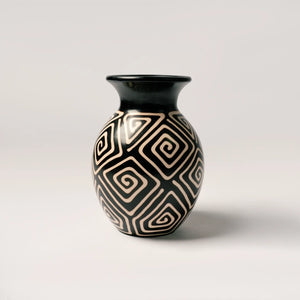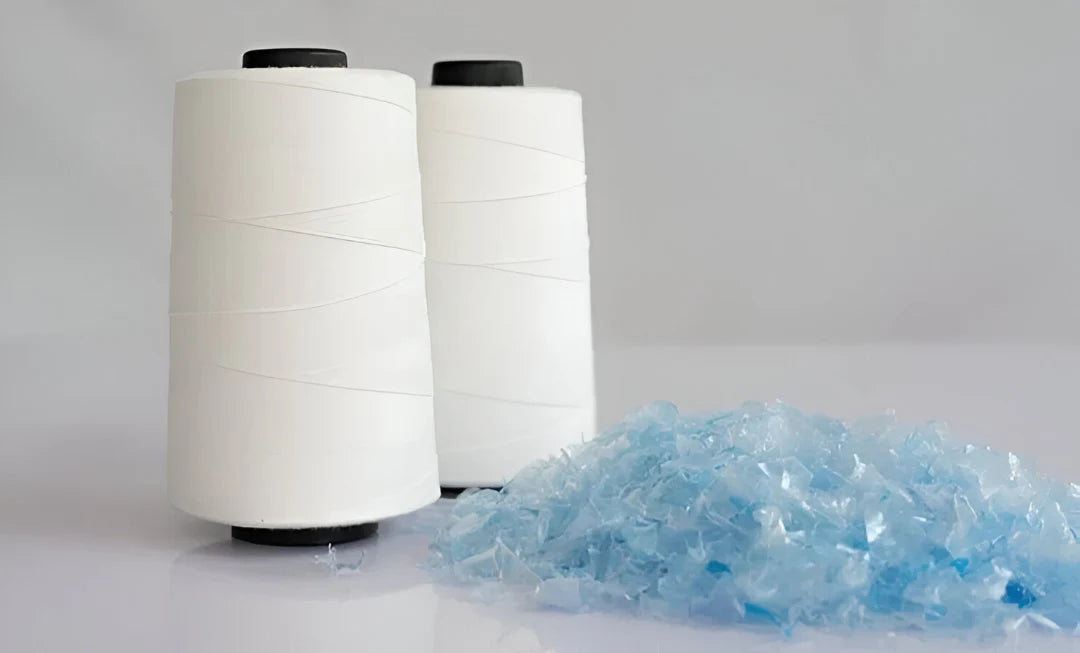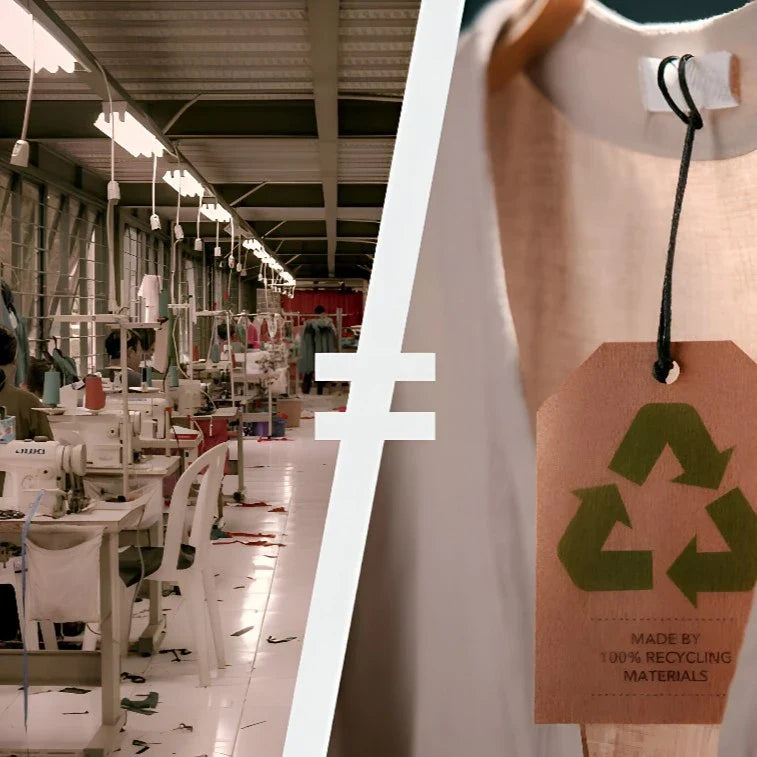World Environmental Education Day:
Learning for a Sustainable Future
.
Picture by Shutterstock.
AYA | JANUARY 26, 2025
READING TIME: 4 minutes
Every year, on January 26, we celebrate World Environmental Education Day, a moment to reflect on how we interact with our planet and how knowledge shapes the future of sustainability. In a world facing climate change, pollution, and biodiversity loss, education is our most powerful tool for change.
But what exactly is environmental education, and why does it matter? More importantly, how can we use it to reshape one of the world’s most polluting industries—the fashion industry?
Let’s explore why environmental education is crucial and how it can guide us toward a more responsible way of living.
What is Environmental Education?
Environmental education (EE) is much more than learning about recycling or planting trees. It’s about understanding the complex relationship between human activity and nature, and how our everyday choices shape the health of our planet [1,2].
The goal of EE is simple: to create a society that understands environmental issues and takes action to preserve natural resources for future generations [2]. But learning about sustainability isn’t just about memorizing facts—it’s about developing awareness and responsibility through real-life experiences.
Research has shown that hands-on, outdoor education programs foster a stronger emotional connection with nature, leading people to adopt more environmentally responsible behaviors [3,4]. When individuals experience nature directly—whether through hiking, conservation work, or simply spending time outdoors—they develop a sense of personal responsibility for protecting it. This emotional bond is what turns knowledge into action.
In short, the more we engage with nature, the more likely we are to protect it—not just in theory, but in our daily lives.

Why Do We Need Environmental Education Now More Than Ever?
We are facing an environmental crisis that demands urgent action. From the rise of microplastics in our oceans to the increasing frequency of climate-related disasters, unsustainable production and consumption patterns are taking a severe toll on our planet [4,5].
Despite growing awareness, many people struggle to connect these environmental issues with their personal choices. Education bridges this gap—it transforms concern into commitment, giving individuals the knowledge and motivation to take meaningful action in their communities, industries, and daily lives [2].
And one industry where education is desperately needed is fashion.
Fashion: One of the World’s Most Polluting Industries
When we think about pollution, we often picture factories, oil spills, or plastic waste. But did you know that fashion is one of the most environmentally damaging industries?
- Synthetic fabrics like polyester, nylon, and acrylic are made from petroleum, contributing to fossil fuel extraction and greenhouse gas emissions
- Every year, the fashion industry generates millions of tons of textile waste, with much of it ending up in landfills or incinerators.
- Microplastics from synthetic clothing shed during washing, polluting rivers, oceans, the air we breathe and even our bodies.
At AYA, we believe that fashion should never come at the cost of the planet. That’s why we use 100% natural fibers, such as alpaca wool and organic cotton, which are biodegradable, durable, and free from synthetic plastics.
Rethinking Sustainability: AYA’s Role in Environmental Education
When we founded AYA, our initial mission was simple: create high-quality, functional clothing from alpaca wool. But as we learned more about the fashion supply chain, we uncovered a major environmental crisis—one that few consumers fully understand.
"We realized that the clothing industry has a serious environmental problem that people don’t yet comprehend. As manufacturers, we see it as our responsibility to educate the public about what sustainability really means."
We believe that true sustainability goes beyond marketing trends. It’s about rethinking every step of production—from sourcing raw materials to minimizing waste and reducing carbon footprints.
Our goal isn’t just to sell clothes—it’s to educate, inspire, and push the industry towards real change.

What Can You Do? Practical Ways to Embrace Environmental Education
Environmental education isn’t just for scientists or activists. Everyone can make small, meaningful changes in daily life toward a more sustainable future.
1. Be a Conscious Consumer
- Learn about the brands you support—do they prioritize sustainability, ethical production, and transparency?
- Choose natural fibers over synthetics to reduce microplastic pollution.
2. Reduce Your Fashion Footprint
Changing Demographics and Preferences
The pandemic also highlighted shifting demographics in the fashion market. Younger consumers, particularly Gen Z and Millennials, became increasingly influential in shaping purchasing trends. Research from the Institute for Sustainable Fashion indicates that younger generations are more likely to support sustainable brands, with 83% of Millennials stating they prefer to buy from companies that share their values [7,8].
Moreover, with the rise of remote work, many consumers reported a preference for comfort over style. A study published in the Journal of Fashion Marketing and Management noted that comfort became the primary driver of clothing purchases for many consumers, with 65% prioritizing comfort in their buying decisions [9]. This trend is likely to persist as remote work becomes a more permanent aspect of many industries.

Changing Demographics and Preferences
The pandemic also highlighted shifting demographics in the fashion market. Younger consumers, particularly Gen Z and Millennials, became increasingly influential in shaping purchasing trends. Research from the Institute for Sustainable Fashion indicates that younger generations are more likely to support sustainable brands, with 83% of Millennials stating they prefer to buy from companies that share their values [7,8].
Moreover, with the rise of remote work, many consumers reported a preference for comfort over style. A study published in the Journal of Fashion Marketing and Management noted that comfort became the primary driver of clothing purchases for many consumers, with 65% prioritizing comfort in their buying decisions [9]. This trend is likely to persist as remote work becomes a more permanent aspect of many industries.

3. Advocate for Change
- Share information with friends and family—awareness is the first step toward action.
- Support policies that encourage sustainable production and environmental responsibility.
4. Connect with Nature
- Spend time outdoors—whether it's practicing yoga in a park, meditating by the sea, painting in nature, biking or taking mindful walks, these activities build a deeper connection with the environment.
- Get involved in community clean-ups or conservation projects.
Final Thoughts: Education is the Key to Sustainable Fashion
World Environmental Education Day reminds us that awareness is the first step toward meaningful change. Understanding how our daily choices impact the planet empowers us to take action, whether in the way we consume, the industries we support, or the habits we cultivate. Fashion is just one piece of the puzzle, but it’s a powerful one—what we wear reflects the values we choose to uphold.
"Why go through all this effort to push sustainability? Because we’re looking out for the future. A change has to happen. And we’re hoping that with our clothes and our message, we can inspire others to take action."
As we celebrate World Environmental Education Day, let’s remember: knowledge leads to action, and action leads to change.
So the next time you choose what to wear, ask yourself: Is my clothing part of the problem—or part of the solution?

Picture by The National Environmental Education Foundation.
Glossarykeywords
Biodiversity:
The variety of life on Earth, including plants, animals, and microorganisms, essential for a balanced ecosystem.
Carbon Footprint:
The total amount of greenhouse gases produced by human activities, measured in carbon dioxide equivalents.
Climate Change:
Long-term shifts in temperature and weather patterns, largely caused by human activities such as burning fossil fuels.
Conscious Consumer:
A person who makes informed purchasing decisions based on ethical, environmental, and social considerations.
Environmental Education (EE):
A process that increases awareness and understanding of environmental issues, encouraging sustainable actions.
Fast Fashion:
A production model that prioritizes cheap, mass-produced clothing with short lifespans, often leading to waste and pollution.
Microplastics:
Tiny plastic particles released from synthetic materials, polluting oceans, air, and even the human body.
Natural Fibers:
Materials like alpaca wool and organic cotton, which are biodegradable and free from synthetic plastics.
Sustainability:
A practice that meets present needs without compromising the ability of future generations to meet theirs.
Transparency:
The practice of openly sharing information about supply chains, materials, and sustainability efforts in business.
Glossarykeywords
Biodiversity:
The variety of life on Earth, including plants, animals, and microorganisms, essential for a balanced ecosystem.
Carbon Footprint:
The total amount of greenhouse gases produced by human activities, measured in carbon dioxide equivalents.
Climate Change:
Long-term shifts in temperature and weather patterns, largely caused by human activities such as burning fossil fuels.
Conscious Consumer:
A person who makes informed purchasing decisions based on ethical, environmental, and social considerations.
Fast Fashion:
A production model that prioritizes cheap, mass-produced clothing with short lifespans, often leading to waste and pollution.
Microplastics:
Tiny plastic particles released from synthetic materials, polluting oceans, air, and even the human body.
Sustainability:
A practice that meets present needs without compromising the ability of future generations to meet theirs.
Transparency:
The practice of openly sharing information about supply chains, materials, and sustainability efforts in business.
References:
[1] Ardoin, N. M., & Bowers, A. W. (2020). Early childhood environmental education: A systematic review of the research literature. Educational Research Review, 31, 100353.
[2] Stapp, W. B. (1969). The concept of environmental education. Environmental Education, 1(1), 30-31. https://doi.org/10.1080/00139254.1969.10801479
[3] Sellmann, D., & Bogner, F. X. (2013). Effects of a 1-day environmental education intervention on environmental attitudes and connectedness with nature. European journal of psychology of education, 28, 1077-1086.
[4] Kossack, A., & Bogner, F. X. (2012). How does a one-day environmental education programme support individual connectedness with nature?. Journal of Biological Education, 46(3), 180-187.
[5] Environment, U. N. (2019). Global environment outlook—GEO-6: healthy planet, healthy people. Nairobi.
You don't have to put all the weight on your shoulders. Every action counts. At AYA, we fight microplastic pollution by making a 100% plastic-free catalog.
Visit Our Shop →You May Also Like to Read...
The Truth About Recycled Polyester in Fashion
Discover the hidden costs of recycled polyester. Learn why rPET isn't as sustainable as it seems and what real circular alternatives look like.
Synthetic Fabrics vs. Organic Cotton: Impact on Skin Health
Discover how polyester and other synthetic fabrics can irritate your skin and why organic cotton, especially Pima cotton, is a healthier and safer choice for sensitive skin.
What Peru Whispers: Organic Pima Cotton Grown with Tradition and Care
In the quiet corners of Peru, organic pima cotton is grown with respect for the land. A luxurious, timeless textile waiting to be discovered.
Why Sustainable Fashion Shouldn’t Be Fast Fashion
Recycled materials and green labels won’t fix fast fashion. Discover why real sustainability means slowing down.
